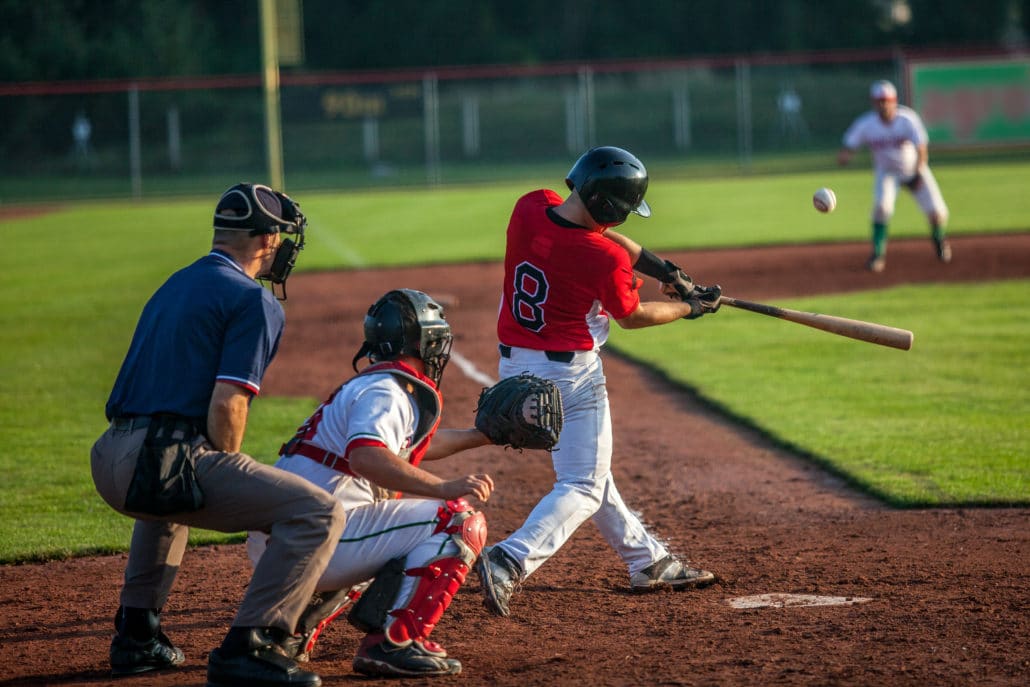Just over half of the roughly 15 million high school students in the U.S. participate in a sport. Unfortunately, many will suffer sports-related eye injuries: More than 40,000 such injuries occur each year, and younger athletes make up a large percentage of them.
Sports-related eye injuries run the gamut, from corneal abrasions to more serious detached retinas. But they all have one thing in common: Ninety percent could have been prevented.
That’s why the American Academy of Ophthalmology and Hattiesburg Eye Clinic recognize each April as Sports Eye Safety Month. They want both players and their families to know the risks of sports-related eye injuries, and what they can do about it.
“We see a wide variety of injuries from sports,” says Hattiesburg Eye Clinic’s Dr. Ben Pace. “Some are relatively minor like corneal abrasions or bruising on the eyelids. But there are more serious ones like fractured eye sockets, swollen or detached retinas or ruptured eyeballs that could severely threaten a patient’s vision.”
Dr. Pace recently treated one athlete with bleeding in the eye after being hit by a baseball. “I saw him initially to treat the injury, then had him return a few more times to monitor eye healing,” says Dr. Pace. “We’ll also need to check him annually because he’s now at a higher risk for glaucoma because of the injury.”
In many cases, sports-related eye injuries can be treated and the risk for permanent vision impairment reduced. But an eye injury does raise the possibility the person could lose some or all of their sight—which is why protecting the eyes is a must.
Dr. Pace recommends players wear eye protection appropriate to their sport and that meet league or athletic organization requirements. For sports like basketball, tennis or soccer, durable plastic glasses with polycarbonate lenses offer the best protection.
“This is not the same as glasses worn to correct their vision,” says Dr. Pace. “Regular glasses and lenses can break, which could in turn injure the eyes. Patients who wear glasses should obtain protective eyewear with their corrective prescription.”
Protective eyewear won’t completely stop the blunt force that can occur during contact sports, but it can significantly decrease the risk and severity of injury. When an injury occurs, see your eye doctor as soon as possible for a complete examination. If there’s no obvious eye injury, but the player has blurred or double vision, sensitivity to light or similar problems, it may be a sign of another problem that requires medical attention.
“Problems with vision that happen after a hard blow to the head are indicative of a concussion,” says Dr. Pace. “If they have impaired vision, it’s imperative that you seek medical attention as soon as possible.”
All in all, sports can be an important part of a young person’s physical, mental and social development. With proper protection, you can help reduce the chances this positive experience turns negative through a serious eye injury.
For more information about eye safety and protection, visit our webpage [https://www.hattiesburgeyeclinic.com/]. To learn more about how Hattiesburg Eye Clinic can improve your vision health, call 601-268-5910 (or toll-free 800-624-8254) or schedule a consultation with us [https://www.hattiesburgeyeclinic.com/contact-us/].

